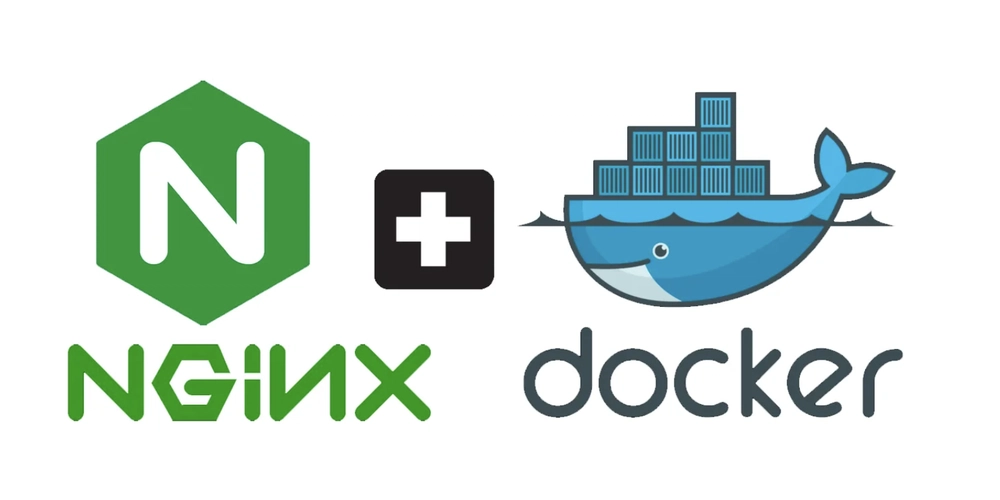REST Is Easy Until It Isn’t. Modern API Paradigms Explained
Modern software development relies on different types of APIs, each serving specific purposes and user groups. These interfaces vary in accessibility, security requirements, and implementation methods to meet diverse business needs. Understanding API Categories Public APIs Public APIs provide open access to developers worldwide, enabling integration with popular services and platforms. These interfaces typically offer comprehensive documentation and straightforward implementation methods. Weather services, social media platforms, and mapping solutions commonly use public APIs to share their functionality. For instance, developers can easily integrate Google Maps features into their applications using the platform's well-documented public API endpoints. Internal APIs Organizations use internal APIs to connect different components of their infrastructure securely. These private interfaces facilitate communication between internal services, databases, and applications while maintaining strict access controls. Companies often implement internal APIs to manage inventory systems, handle employee data, or process internal communications. These APIs typically employ advanced security measures like JWT authentication and IP restrictions to protect sensitive business data. Partner APIs Partner APIs represent a hybrid approach, offering controlled access to specific business collaborators. These interfaces enable B2B interactions while maintaining security and performance standards. Payment processors, travel booking systems, and supply chain management platforms commonly use partner APIs to facilitate secure business transactions. These APIs usually require special authentication credentials and may include rate limiting to manage resource usage. Security Considerations Each API category requires specific security measures to protect data and ensure proper access control. Public APIs often use API keys and rate limiting to prevent abuse, while internal APIs might implement more stringent measures like OAuth 2.0 authentication and role-based access control. Partner APIs typically combine multiple security layers, including encrypted communications, detailed audit logging, and specialized access tokens to maintain secure business relationships. Modern API Design Paradigms Different API architectures serve unique purposes in the development landscape. Choosing the right paradigm depends on factors like data complexity, performance requirements, and integration needs. REST Architecture REST remains the most widely adopted API paradigm. It leverages standard HTTP methods to perform operations on resources. This approach offers simplicity and scalability through stateless operations. REST APIs use familiar conventions like GET for retrieving data, POST for creating resources, and PUT for updates. Their straightforward nature makes them ideal for web services and public-facing applications where broad compatibility is essential. GraphQL Implementation GraphQL represents a modern approach to API design, addressing the limitations of traditional REST APIs. This query language allows clients to request specific data fields, eliminating the common problem of over-fetching or under-fetching information. Mobile applications particularly benefit from GraphQL's efficiency, as they can precisely specify their data requirements in a single request, reducing bandwidth usage and improving performance. gRPC Solutions gRPC excels in scenarios requiring high-performance, low-latency communication between services. This modern protocol uses Protocol Buffers for efficient data serialization and supports bi-directional streaming. Microservice architectures often employ gRPC for internal communication, benefiting from its strong typing system and excellent performance characteristics. The protocol's language-agnostic nature enables seamless integration across different programming environments. Choosing the Right Paradigm Selecting an API paradigm requires careful consideration of several factors. REST works well for public-facing services where simplicity and broad compatibility matter most. GraphQL suits applications needing flexible data retrieval and reduced network overhead. gRPC fits best in distributed systems where performance and type safety are crucial. Many modern applications combine multiple paradigms, using each where it provides the most benefit. For example, a system might use gRPC for internal service communication while exposing a REST API for external clients. What's Next This is just a brief overview and it doesn't include many important aspects of API architectures such as: Summary of key API architecture concepts Five essential API architecture components Four popular API architecture styles Eight API architecture best practices If you are interested in a deep dive in the above concep

Modern software development relies on different types of APIs, each serving specific purposes and user groups. These interfaces vary in accessibility, security requirements, and implementation methods to meet diverse business needs.
Understanding API Categories
Public APIs
Public APIs provide open access to developers worldwide, enabling integration with popular services and platforms. These interfaces typically offer comprehensive documentation and straightforward implementation methods. Weather services, social media platforms, and mapping solutions commonly use public APIs to share their functionality. For instance, developers can easily integrate Google Maps features into their applications using the platform's well-documented public API endpoints.
Internal APIs
Organizations use internal APIs to connect different components of their infrastructure securely. These private interfaces facilitate communication between internal services, databases, and applications while maintaining strict access controls. Companies often implement internal APIs to manage inventory systems, handle employee data, or process internal communications. These APIs typically employ advanced security measures like JWT authentication and IP restrictions to protect sensitive business data.
Partner APIs
Partner APIs represent a hybrid approach, offering controlled access to specific business collaborators. These interfaces enable B2B interactions while maintaining security and performance standards. Payment processors, travel booking systems, and supply chain management platforms commonly use partner APIs to facilitate secure business transactions. These APIs usually require special authentication credentials and may include rate limiting to manage resource usage.
Security Considerations
Each API category requires specific security measures to protect data and ensure proper access control. Public APIs often use API keys and rate limiting to prevent abuse, while internal APIs might implement more stringent measures like OAuth 2.0 authentication and role-based access control. Partner APIs typically combine multiple security layers, including encrypted communications, detailed audit logging, and specialized access tokens to maintain secure business relationships.
Modern API Design Paradigms
Different API architectures serve unique purposes in the development landscape. Choosing the right paradigm depends on factors like data complexity, performance requirements, and integration needs.
REST Architecture
REST remains the most widely adopted API paradigm. It leverages standard HTTP methods to perform operations on resources. This approach offers simplicity and scalability through stateless operations. REST APIs use familiar conventions like GET for retrieving data, POST for creating resources, and PUT for updates. Their straightforward nature makes them ideal for web services and public-facing applications where broad compatibility is essential.
GraphQL Implementation
GraphQL represents a modern approach to API design, addressing the limitations of traditional REST APIs. This query language allows clients to request specific data fields, eliminating the common problem of over-fetching or under-fetching information. Mobile applications particularly benefit from GraphQL's efficiency, as they can precisely specify their data requirements in a single request, reducing bandwidth usage and improving performance.
gRPC Solutions
gRPC excels in scenarios requiring high-performance, low-latency communication between services. This modern protocol uses Protocol Buffers for efficient data serialization and supports bi-directional streaming. Microservice architectures often employ gRPC for internal communication, benefiting from its strong typing system and excellent performance characteristics. The protocol's language-agnostic nature enables seamless integration across different programming environments.
Choosing the Right Paradigm
Selecting an API paradigm requires careful consideration of several factors. REST works well for public-facing services where simplicity and broad compatibility matter most. GraphQL suits applications needing flexible data retrieval and reduced network overhead. gRPC fits best in distributed systems where performance and type safety are crucial. Many modern applications combine multiple paradigms, using each where it provides the most benefit. For example, a system might use gRPC for internal service communication while exposing a REST API for external clients.
What's Next
This is just a brief overview and it doesn't include many important aspects of API architectures such as:
- Summary of key API architecture concepts
- Five essential API architecture components
- Four popular API architecture styles
- Eight API architecture best practices
If you are interested in a deep dive in the above concepts, visit the original article: API Architecture: Tutorial & Examples
Webinar on AI & Distributed Systems















![Ditching a Microsoft Job to Enter Startup Hell with Lonewolf Engineer Sam Crombie [Podcast #171]](https://cdn.hashnode.com/res/hashnode/image/upload/v1746753508177/0cd57f66-fdb0-4972-b285-1443a7db39fc.png?#)






























































